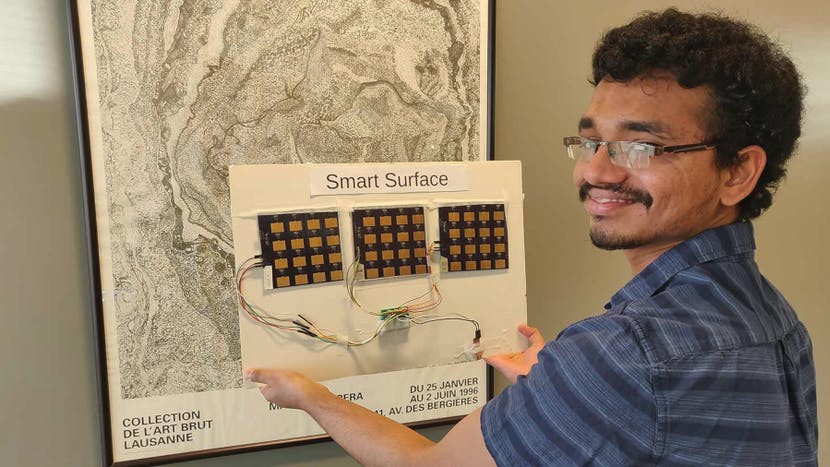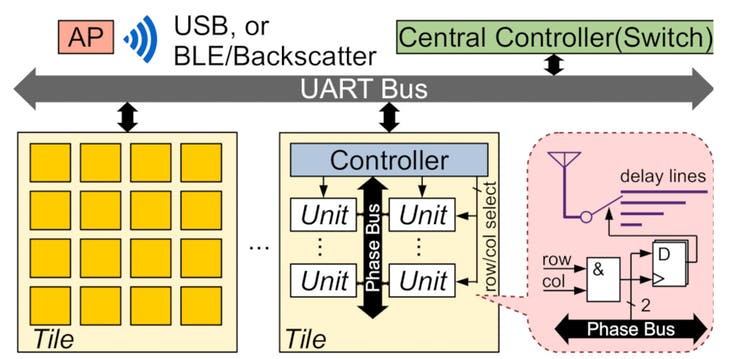ScatterMIMO Project- Smart Surface to boost up Wi-Fi speed
Enhances both the range and the throughput of a Wi-Fi connection significantly, pushing information through a somewhat unmodified client gadget twice as fast.

The University of California San Diego have some unique makers with them who have built up a "smart surface" of smaller antennas which, they guarantee, can enhance both the range and the throughput of a Wi-Fi connection significantly — pushing information through a somewhat unmodified client gadget twice as fast.
"You can stick this on your wall like a painting to improve Wi-Fi connectivity in your home or office," says Dinesh Bharadia, a professor of electrical and computer engineering at the UC San Diego Jacobs School of Engineering, of the compact prototype. "You can use this with off-the-shelf Wi-Fi devices. You don't need specialised equipment to make it work."
The prototype integration, named ScatterMIMO, takes 48 minimized antennas and organizes them in a 100x300mm framework. The antennas, which can be fueled for a year on a single coin-cell battery, aren't directly associated with either the access point or the client device; rather, they reflect and steer the signal to support its stability and quality.
"The key feature of this technology is that it creates a second data stream that goes to your phone or other Wi-Fi-connected device," Bharadia explains. "So not only can you get connectivity in areas that don’t have it, you also get double the data rate in areas where you already have connectivity."
The team’s project resembles the work of a researcher at the Massachusetts Institute of Technology (MIT), which in February this year disclosed its own "smart surface" made up of over 3,000 antennas and which was professed to boost 5G cellular signal quality by 1,000 percent. UCSD's methodology has one significant benefit: It's amazingly low cost, with an anticipated manufacturing cost of just $5 per board in large scale manufacturing.
You can find more details on the website of project, alongside the full paper are available to all under open access terms.









